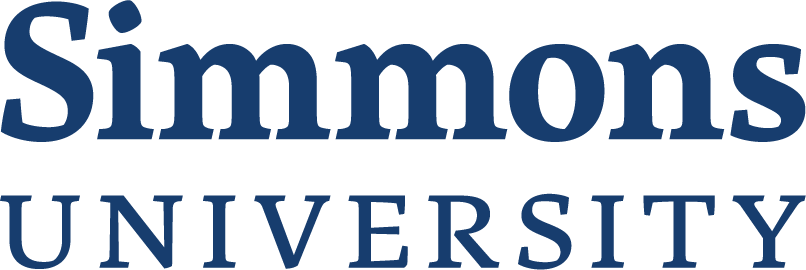Transcribe Minutes, Colored Conventions Project
Posted February 11, 2015
The Colored Conventions Project at the University of Delaware is delighted to announce the launch of a crowdsourcing project, Transcribe Minutes. This initiative invites people to visit ColoredConventions.org to transcribe records of the nineteenth-century African American convention movement. The first batch of available documents includes some of the most exciting conventions, featuring well-known leaders such as Frederick Douglass and Henry Highland Garnet from the 1840s with other batches to follow in 2015. CCP also extends a special invitation to “A.M.E. Transcribers” to work on conventions that convened in A.M.E Churches from Philadelphia to California.
The Colored Conventions movement began in 1830 in response to the violence and expulsion faced by Blacks in the “free” states. First held at Philadelphia’s Bethel A.M.E. Church, conventions soon spread across North America. “African American leaders and lay people organized for decades to fight against educational inequities, voting and political disenfranchisement as well as job and labor discrimination,” says P. Gabrielle Foreman, faculty director of the Colored Conventions Project and Ned B. Allen Professor of English and Black Studies. “As critical as the anti-slavery movement was, their broader vision continues to speak to this country’s ongoing racial challenges.”
The Colored Conventions Project is an interdisciplinary digital humanities project that aims to bring the history of the convention movement–and the many leaders and places involved in it–to digital life. “Transcribe Minutes uses crowd-sourcing technologies to promote online access to these historical records,” says Jim Casey, project co-coordinator and a Ph.D. candidate in UD’s English department. “These technologies open up new possibilities for our research and teaching beyond college classrooms.”
ColoredConventions.org houses the first digital collection of these minutes, many of which were previously out of print and hard to find. It features more than 65 national and state minutes from 1830 to well beyond the Civil War–with more being uncovered and added regularly. “Attention to African American experience in the nineteenth century is usually focused on the efforts of Northern white abolitionists to end the ‘peculiar institution’ of slavery,” says Carol A. Rudisell, UD Reference and Instructional Services librarian. “Having accurate, searchable texts should significantly change our understanding of this important period.” Transcribing and making these records more usable requires collective efforts. Volunteers will help give new life to a vital chapter of American history.
“The more people involved, the more we can preserve and call attention to one of the major ignored chapters of American history,” says Dr. Curtis Small, a Special Collections librarian and a CCP team member. The project is an exciting collaboration between faculty, students and librarians,” he continues. “The Colored Convention Project is important for its method as well as its results,” says John Ernest, Chair of the English Department. “It’s an inspiring and instructive model of collaborative research,” Ernest adds. “This is a historical recovery project that will teach us volumes about African American communities of the past while strengthening numerous and diverse communities in the present.”
This work is the product of an ongoing partnership between the Colored Conventions Project and the University of Delaware Library.
